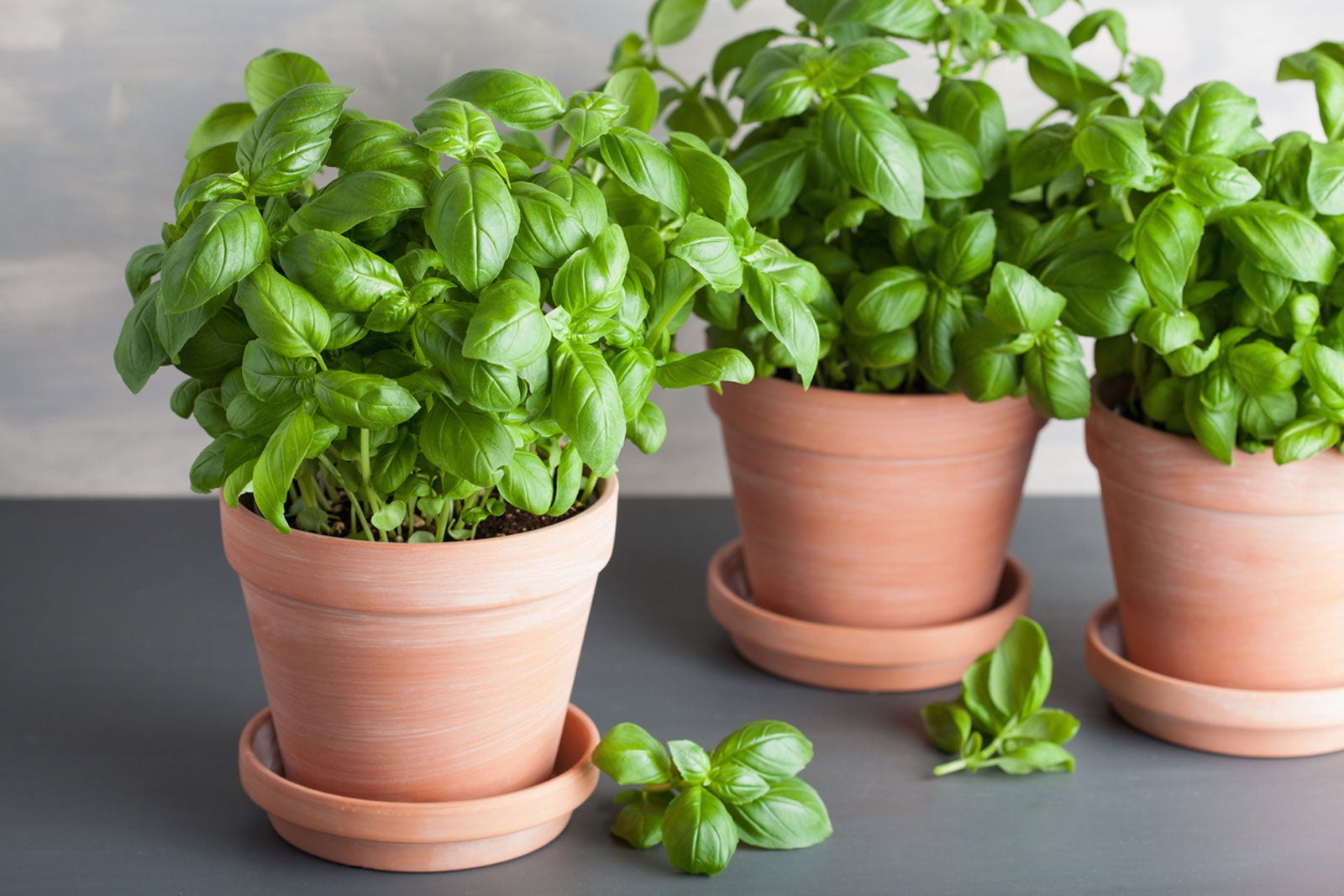Using Terracotta Plant Pots: Information About Terracotta Pots


Terracotta is an ancient material that has been used in the humblest of plant pots but also features in historical art like the Qom Dynasty terracotta army. The material is fairly simple, just a clay-based ceramic, but growing in terracotta has some benefits over plastic and other types of pots.
Let's learn about terracotta pots and how using them provides the most benefits.
About Terracotta Pots
Terracotta plant pots get their rusty tinged hue from the type of clay that is used to fire them. The color seems to provide a perfect foil for many types of flowers and foliage. It is this unmistakable hue that easily identifies a terracotta clay pot. The containers are plentiful, affordable, durable, and come in many different sizes and shapes. They are suitable for numerous varieties of plants.
The name terracotta comes from the Latin "baked earth." The body has a natural orange brown hue and is porous. The clay material is fired, and during the process the heat releases iron which causes the orange hue. The resulting terracotta is not watertight, and the pot can actually breathe. Sometimes it is glazed to reduce the porosity, but most plant containers are unglazed and in a natural state.
Terracotta through the ages has been used in roof tiles, plumbing, art, and much more.
When to Use Terracotta
Using terracotta pots is mostly a personal choice; however, they do have some differences when related to plastic or other types of planter materials. Since a terracotta clay pot is porous, it allows excess moisture to evaporate, helping to keep plant roots from drowning. The material also allows air to penetrate to the soil and roots.
Clay pots have thick walls which can insulate the plant from extreme temperature changes. Gardeners who are heavy handed with watering benefit from growing in terracotta, as the porosity of the clay allows all that excess moisture to wick away from plant roots. On the downside, that very evaporative property is bad for plants that like moist soil.
Gardening tips, videos, info and more delivered right to your inbox!
Sign up for the Gardening Know How newsletter today and receive a free copy of our e-book "How to Grow Delicious Tomatoes".
What Not to Grow in Terracotta
Not every plant will benefit from terracotta material. It is heavy, cracks easily, and gets a white crusty film over time. However, for plants such as succulents and cacti, it is an excellent container. Since the planters dry out quickly, plants that are in full sun may become too dry. The material isn't good for seedlings or plants like some ferns, which need consistently moist soil.
Today's plastic pots come in many shapes and colors, and even some that resemble traditional terracotta. They are suitable for most plants, lightweight, and durable. However, they hold moisture and can cause root rot. As you can see, neither material is a perfect solution. Which you choose is a matter of preference and experience.

Bonnie Grant is a professional landscaper with a Certification in Urban Gardening. She has been gardening and writing for 15 years. A former professional chef, she has a passion for edible landscaping.
-
 Try The Trend – Turn Any Bed Into A Keyhole Garden With This Clever In-Ground Composter
Try The Trend – Turn Any Bed Into A Keyhole Garden With This Clever In-Ground ComposterKeyhole gardening is an efficient and sustainable practice that saves space. Get started on this DIY project quickly and easily with an in-ground composter.
By Bonnie L. Grant
-
 4 Superfast Composting Methods: Turn Waste Into Garden Gold In 30 Days Or Less
4 Superfast Composting Methods: Turn Waste Into Garden Gold In 30 Days Or LessTry the fastest composting methods to turbocharge your pile and transform kitchen scraps and garden waste into finished compost in just a few weeks.
By Mary Ellen Ellis